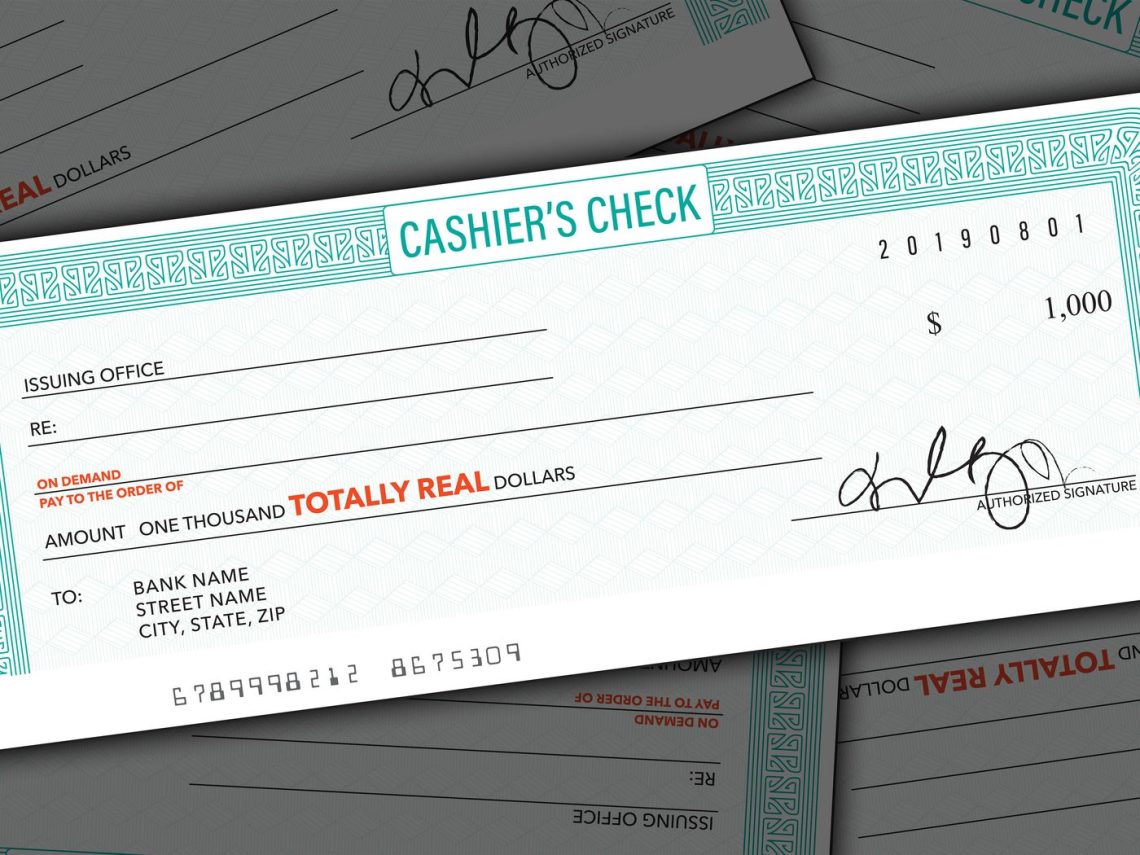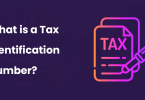Demystifying Cashier’s Checks: A Comprehensive Guide for Secure Transactions
In the realm of financial transactions, a cashier’s check stands out as a reliable and secure method for large payments. This guide aims to unravel the intricacies of cashier’s checks, exploring their benefits, when they are needed, how to obtain one, associated costs, alternatives, and addressing common concerns.
Understanding Cashier’s Checks: A Secure Payment Solution
A cashier’s check holds a distinctive position in financial instruments, drawing against the bank’s account rather than the payer’s. This unique characteristic makes the bank accountable for the payment, providing reassurance to the payee that the check won’t bounce. The payer provides funds to the bank to cover the check, ensuring a secure and guaranteed payment.
When Do You Need a Cashier’s Check?
Cashier’s checks are typically associated with significant payments where the payee seeks assurance of a secure and guaranteed transaction. Common scenarios include:
Making a down payment on a home
Covering closing costs for a mortgage
Purchasing a car, boat, or land
In essence, cashier’s checks are not intended for everyday spending but rather serve as a secure method for substantial financial transactions. The inherent security features, including watermarks and bank employee signatures, contribute to the trustworthiness of these instruments.
How and Where to Obtain a Cashier’s Check
Obtaining a cashier’s check involves a straightforward process, and they can be acquired from:
Bank Branch: Visit a bank branch, where a teller can assist in issuing a cashier’s check. Ensure you have the necessary details, including the payee’s name, check amount, and a valid ID.
Credit Union: Similar to banks, credit unions also offer cashier’s checks. The process and requirements are generally comparable.
Online: Some institutions allow customers to request cashier’s checks online. This process may take longer than obtaining one in person, and it often involves specifying the account from which the funds should be drawn.
Steps to Obtain a Cashier’s Check:
Review Requirements: Check the issuer’s requirements, including any limits on the amount per check or daily limits.
Gather Information: Collect details such as the payee’s exact name, the check amount, and any additional notes for the payment.
Visit Teller or Order Online: Visit a teller at the bank or credit union, providing the necessary details. For online orders, follow the institution’s menu prompts to specify the payee, amount, and other relevant information.
Get a Receipt: Obtain a receipt, either in paper or digital form, as proof of payment. This may be essential in case of a lost or stolen check.
Deliver the Check: Ideally, deliver the cashier’s check directly to the recipient, minimizing the risk associated with the physical nature of the check. Encourage the recipient to cash it promptly, considering potential expiration timelines.
Costs Associated with Cashier’s Checks
While the security and reliability of cashier’s checks are significant, they often come with associated fees. Most banks and credit unions charge fees ranging from $6 to $15 for cashier’s checks. Premium account holders may qualify for free or discounted cashier’s checks. Online orders might incur additional charges, potentially up to $20 for expedited delivery.
Alternatives to Cashier’s Checks
If a cashier’s check is not the preferred option, alternative methods for making secure payments include:
Money Orders: A less expensive option for smaller amounts, available at post offices, supermarkets, and some gas stations.
Certified Checks: Similar to cashier’s checks but drawn directly against the payer’s account, providing a guarantee from the bank.
Wire Transfers: An electronic method of sending money directly from one account to another, albeit potentially more expensive than cashier’s checks.
Social Payment Apps: Peer-to-peer apps enable secure money transfers, but they may have limitations on transaction amounts.
Addressing Concerns: Lost or Stolen Cashier’s Checks
In the unfortunate event of a lost or stolen cashier’s check, the payer can request the bank to reissue the check. However, this process may involve obtaining an indemnity bond and could take 30 to 90 days. The payer becomes liable if the lost check is later found and presented for payment.
Key Considerations:
Stop Payment Orders: Unlike personal checks, stop payment orders cannot be placed on cashier’s checks since they are drawn against the bank’s funds, not the payer’s account.
Online Usage: Cashier’s checks generally cannot be spent online for purchases. Some banks may allow mobile deposits for checks below a certain amount, while others may require physical presentation.
Conclusion: Navigating the Landscape of Secure Transactions
In conclusion, understanding the intricacies of cashier’s checks empowers individuals to make informed decisions when engaging in significant financial transactions. The security, reliability, and straightforward process associated with cashier’s checks make them a preferred choice for various scenarios. Whether facilitating a real estate transaction or purchasing valuable assets, the use of cashier’s checks provides a level of assurance to all parties involved. As technology continues to shape the financial landscape, staying informed about secure payment methods ensures a seamless and protected financial experience.







